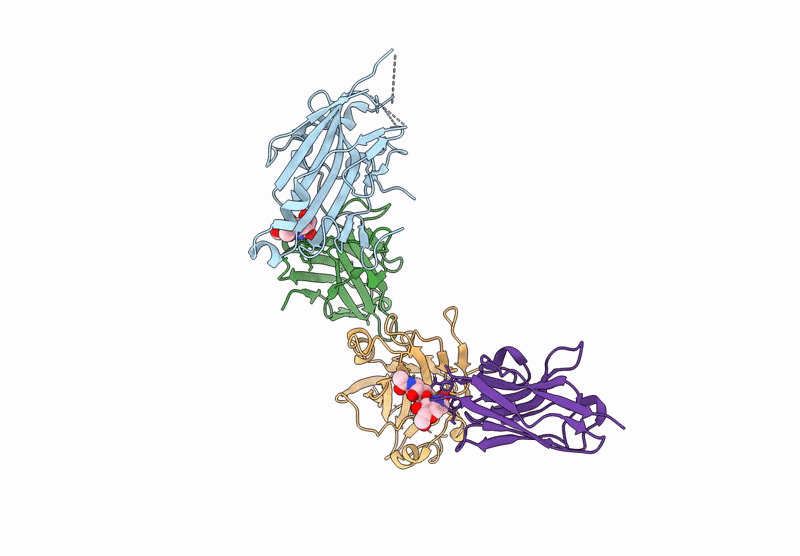
Deposition Date
2024-07-17
Release Date
2025-05-28
Last Version Date
2025-05-28
Entry Detail
PDB ID:
9ISH
Keywords:
Title:
Crystal structure of nanobody 32 in complex with HSV-2 gD
Biological Source:
Source Organism:
Human alphaherpesvirus 2 (Taxon ID: 10310)
Vicugna pacos (Taxon ID: 30538)
Vicugna pacos (Taxon ID: 30538)
Host Organism:
Method Details:
Experimental Method:
Resolution:
2.88 Å
R-Value Free:
0.27
R-Value Work:
0.21
R-Value Observed:
0.22
Space Group:
P 21 21 21


